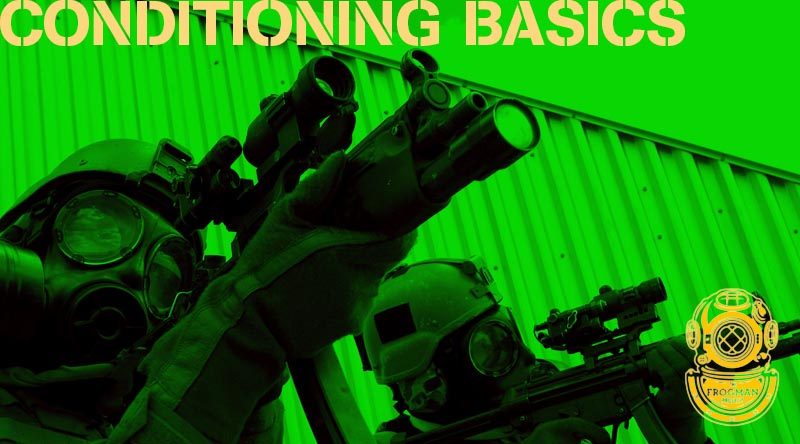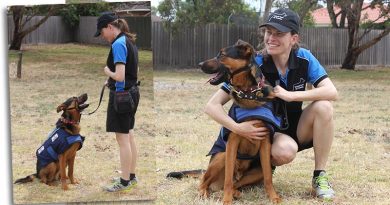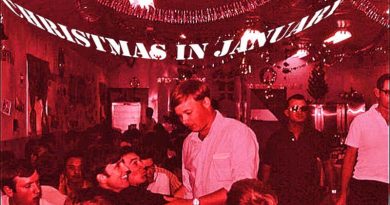Conditioning basics – principles, not tools

Conditioning can be an overlooked component in the tactical athletes wheelhouse. In this article, we bring ourselves back to key principles that are essential for a effective training program.
I place a large emphasis on what I call a ‘road of importance’. The first part of this road is where you start – basic movement patterns and mobility. Without these basic patterns your progress will be slow, bumpy and eventually stalled with either injury or limits reached.
The second part of the road is where we start to train strength into the movements we have developed, and incorporate a decent amount of skill and body awareness.
Finally we reach a part of the road where we can start accelerating, working on honing these skills and pushing our bodies into new and wondrous places.
To reach the third part of the road, you sometimes have to stop, turn around and go back to the start. This will be the quickest way to your goals.
THE SLOWER YOU GO THE FASTER YOU GET THERE.
This article is designed to give you the basic principles (not tools) of creating intelligent conditioning. The effectiveness and outcome of your training program will depend on your understanding of important training variables.
We will focus on what makes up a solid conditioning program:
- Specificity
- Overload
- The principle of individual differences
- Variation
Specificity: meaning that a specific exercise or movement (in our case) will elicit a specific effect and adaptation. Read more about this in Simon Said.
Overload: Performance is constantly improved by providing a stimulus over the normal intensity that an individual is normally used to.
For our purposes we will go through an overload (very hard to perform), load (hard to perform several repetitions of movement) through under-load (easy to perform movement) before we again increase difficulty to overload again.
We do this to elicit a physiological adaptation, (i.e. get stronger, bigger, faster, lose more weight etc.)
Principle of individual differences: No two persons are the same, therefore we have to assume people will adapt to different stimulus at different rates of efficiency and effectiveness, (why customizing plans to you is more efficient than not).
Assuming this principle, we have to program according to how a person is responding to current regime and constantly alter to ensure other principles are being met at a sustainable level.
Variation: To continuously adapt and alter stimulus via training modalities to ensure a constant change and physiological response. Keep things varied within above training principles.
Effectively, all of these principles work in conjunction with one another to bring about the desired result (speed, power, size, tone etc) and therefore have to be constantly adapted and addressed in order to ensure quality results. Even down to small details such as the nutrition of an individual, and the training experience, is important to consider.
There is no disputing that physical conditioning is paramount to effective movement and control of one’s body, and we should strive to first and foremost gain physical mastery of our own being before worrying too much about moving extra weight solely.
Remember these principles and apply them in systematic ways using periodization and you will flourish on your road of importance.
Stay focused on why you are doing this, but remember to have fun on the way.
Recommended reading to accompany this writing: Left of Bang by Patrick Van Horne
.
.
.
FILE PHOTO: 2nd Commando Regiment. By Brian Hartigan.
.
.
.
.

.
.

.






